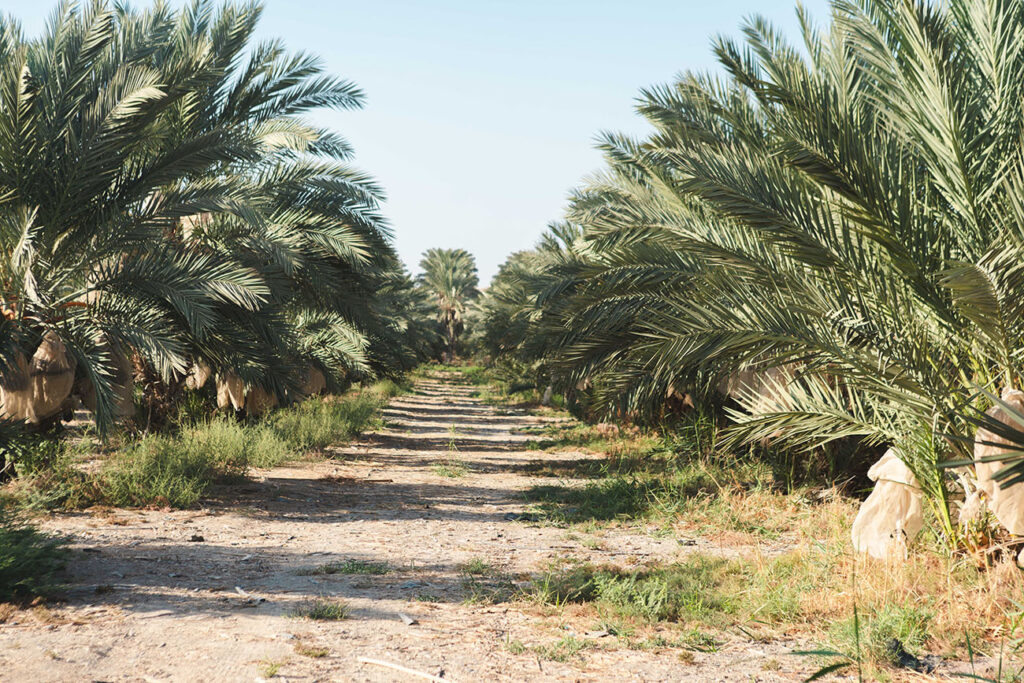The time of year you visit Israel can either make or break your trip to the Holy Land. If you have a seething disdain for hot and dry weather, it’s probably best not to visit Israel in the middle of August. But when is the best time of year to visit Israel? In this article, we’ll dive into each season so you can tailor your trip dates to your own likes (and dislikes)!
The temperature in Israel is largely dependent on which part of the country you’re in. For example, it may be warm and sunny in the southern part of the country on the same day it’s snowing on Mount Hermon in the north! However, the general rule of thumb for the temperature is that, if you consider Jerusalem the baseline, it will be slightly cooler in the mountains, hotter as you travel south of Jerusalem, significantly hotter in the Negev, and far more humid along the coastlines.
For reference, all the temperatures listed in this article will be based on Jerusalem to simplify the estimation of weather.
Is Winter the Best Time of Year to Visit Israel?

Aside from the dates near and during the winter holidays, winter is the slowest season for tourism in Israel. This slow period is due to the fact that it is the peak of Israel’s rainy season. The average temperatures (in Fahrenheit) during this season typically range from highs in the 50s to lows in the 40s.
Although many people avoid traveling during this time due to the cooler temperatures and rain, in my personal opinion, I think this time of year is actually one of the most beautiful. Towards the end of the rainy season, the mountains north of Jerusalem are carpeted in luscious green foliage and an abundance of bright, colorful wildflowers. In addition to the flower-laden mountainscapes, tourist attractions are often far less crowded since many people are opposed to traveling during rainy seasons. This usually means that flights to and from Israel are also cheaper during this time of year.
Visiting Israel in the Spring

With the echoes of winter wetness still gripping the flora, spring brings a mix of lingering winter highlights, less rain, and warmer temperatures. This combination makes visiting Israel during this season a truly marvelous experience. With highs varying between the 60s and low 80s, the temperature is ideal for exploring the beautiful outdoor scenery that Israel has to offer.
While this is not a particularly slow season for tourism, it is still significantly less crowded than some of the other times of year people choose to visit Israel—unless you come during the springtime holidays.
Should You Visit Israel in the Summer?

Summertime is the season that typically brings to mind dreams of beaches, sunshine, no school, and family vacations to new and exciting locations. If you’re the type of person who longs for warm weather and beaches, Israel is the place for you. The beaches on the Mediterranean Sea are known to be some of the most breathtaking in the world. Additionally, the Middle Eastern experience reaches its height when accompanied by the warm weather for which it has become so well known.
The drawback for some people is the exact same as the appeal for others. While some people bask in the idea of temperatures in the 80s and 90s, others may cringe. But something everyone will love is Israel’s clear and sunny skies. In the summertime, there is rarely a cloud in the sky, so you’ll be able to soak up as much vitamin D as you could ever desire.
Visiting Israel in the Autumn

Autumn, or “fall” (if you’re from the South like I am), is generally considered the time of year when the weather gets chilly, pumpkin spice-flavored things are seen everywhere, and leaves turn breathtaking colors. However, if you’re spending your autumn in Israel, these aren’t the sights you’ll see around every corner. In Israel, this time of year brings in the fall holidays (including Rosh Hashanah and Sukkot). These feasts, in turn, bring in delectable treats like apples, honey, dates, and nearly every other Middle Eastern food imaginable.
This is, arguably, one of the busiest times of the year for Israel’s tourism industry, but there’s a good reason for that. In Jerusalem, the excitement is electric in every sense of the word. In many ways, the busyness adds to the experience. Even if you aren’t the biggest fan of crowds, something about the crowds shoulder-to-shoulder in the streets of Jerusalem during Sukkot creates a far different experience than the busyness of Walmart the day before Thanksgiving. If you’re a fan of warmer weather, we have good news for you: the weather is still relatively warm in Israel during the autumn, but not as sweltering as in the peak of summer.
So . . . When is the Best Time of Year to Visit Israel?
Here at HaYovel, we may be a bit biased, but we think any time of the year is the best time to visit Israel. No matter when your visit takes place, you’re guaranteed an unforgettable and impactful experience in the Holy Land.
If you want to have the experience of a lifetime and do something to give back and make an impact on the land of Israel, we would love for you to join us on one of our volunteer trips in Israel. With trips occurring during every season of the year, we’re certain that you’ll be able to have your ideal weather and your ideal trip.
On every trip, we ensure that you’ll be able to visit the Holy City, Jerusalem, and other places like ancient Shiloh, Elon Moreh, Hebron, and many more places straight out of your Bible!
Take the first step today and check out our trip dates and prices here!



